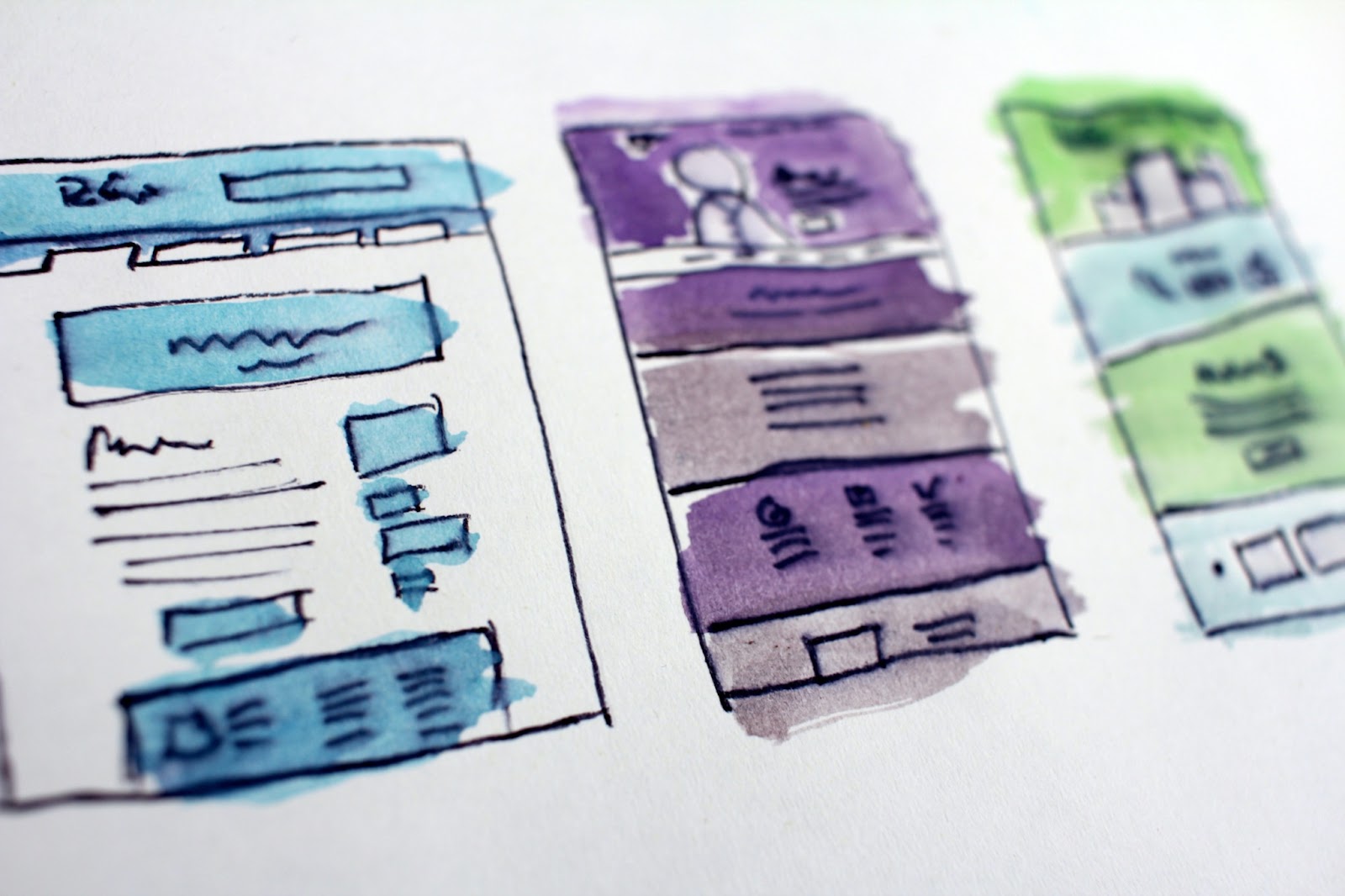-
Digital Marketing
We help you to use your digital potential. For a strong positioning, more visibility and more leads.
Get Growth ready
With the BEE.Transformance model, we bring continuous and profitable growth to your company. A new mindset for your team.
Industries
We transform your challenges into opportunities through the experience we have gained from projects in these industries.
-
HubSpot Services
As a HubSpot Diamond Partner, we help you implement your digital growth strategy with a focus on performance - by implementing and integrating new and existing systems as well as 3rd party apps.
HubSpot Thought Leader
As a HubSpot Diamond Partner with +50 certifications, host of the HubSpot User Group Zurich, HubSpot Trainer and HuSpot User Champions, you have access to in-depth HubSpot expertise.
HubSpot Solutions
The BEE.Theme offers you more creative freedom than any other theme on the market. Whether you're a beginner or a professional, a creative mind or a digital agency - with the BEE theme, you can easily unleash the maximum power for your pages in HubSpot CMS.
-
BEE.Blog
Knowledge around digital marketing, digital sales, technology, data intelligence and employees.
Knowledge Base
Pure knowledge: everything essential concentrated, compact, digitally prepared for you and ready to download.
What is inbound?
The most effective way to successfully combine digital marketing and digital sales.
-
BEE.Team
The BEE.Performers: many different characters - with one thing in common: the fascination for a digital world.
References
More than 100 large and small companies have already started with BEE: to more visibility, more performance, more growth.
Invest
Participate in the growth of BEE and become part of the BEE Growth Story by purchasing Digital Share Tokens.
We're hiring
Become a BEE.Performer! Are you ready for your own transformation?
5 Business Blogs That Drive Traffic, Leads and Sales
Every 0.5 seconds , somewhere in the world, a blog is published – evidence that blogging is still a vital marketing tool in 2021 and beyond. But with so much content online, how can you ensure that the topics you're writing about will generate attention? And most importantly, if you're blogging for your business, how can you turn your readers into customers?
And if you're one of the 55% of marketers prioritising blogging in your inbound marketing strategy, we've identified the five topics that will help you drive traffic, leads, and sales.
1. Original research
Blogs have been around since the 90s––plenty of time for tonnes of "me too" type content to start congesting the internet. Perhaps what once started with the good intention of building your online presence has turned into a chore, simply aimed at generating traffic and meeting SEO targets. But if you're not getting a reaction from your readers and they're not clicking on your CTAs, it may be a sign that you've slid down the slippery slope of producing generic blogs that don't differentiate your business from others.
The best way to tackle this problem is to use your own insights and knowledge to create original material based on your own research, data, and analysis. Not only will you be contributing to your industry's think tank, but you'll also show your customers that you're plugged in, switched on, and tuned in to your market. Research blogs can include infographics your design team has made, interviews with industry experts, and polls you've taken from your own customers. The more exclusive your data is, the more likely the reader will be to subscribe to your email list or submit their contact details to find out more about your research.
2. Pricing
This is often a taboo subject for many businesses – particularly services-oriented ones. Maybe each project you create is unique to the customer. Perhaps you're not keen on sharing your pricing with competitors. Many companies prefer to initiate a conversation with the prospect first and then discuss the cost, fearing that the customer may be turned off by the price before they've realised the true value of the purchase.
The truth is, your lead has probably already spent plenty of time online researching other suppliers and trying to gauge which brand will offer them the best solution. Not discussing pricing on your website could actually drive people away to sellers who are open and transparent about their pricing models.
Remember, if you're applying an inbound methodology to your sales and marketing strategy, you want to attract customers who fit your ideal buyer persona type. So if someone immediately feels that your product or service doesn't fit their budget, they're probably not the right customer for you anyway. And if you do sell a high-ticket product or service, having an insightful blog that breaks down your pricing and discusses the benefits and features that your customers can enjoy could help you win them over––even if they have to call you to discuss the final price in more detail.
3. Troubleshooting
Is there anyone better than you at answering your customers' questions about your product or service and the industry you operate in? We hope not! Leverage the knowledge and expertise you have in your sector by identifying the common pain points and questions that your customers have. The awareness of an issue is usually the starting point of your prospects' research journey. Creating a blog that addresses their problems and proposes your brand as the solution is the best way to help individuals understand the cause of their issue. Clearly outlining how your product or service addresses their needs will also instil confidence in their purchasing decision.
When writing blogs of this nature, it's imperative to offer genuine value to the reader. Simply hooking them in with an attention-grabbing headline such as "How to Lose Weight in Five Days" but only providing vague and generic advice that's overtly leading to a "Buy Now" CTA will only garner distrust. Back your claims with evidence, insights from specialists, and proof that shows how the problem was solved or what the outcome is likely to be for the customer.
4. Checklists and comparisons
Since blogs are designed to serve an educational purpose, many of your readers may be interested in comparing your product with that of competitors. They want to know which solution is going to give them the best value for money. It's inbound best practice to, above all else, help the customer make a purchasing decision that's genuinely going to satisfy them. Creating a checklist blog that guides them through the essential features that a product must have in order to solve their particular problem will provide them with clarity and confidence when they buy. This can also be achieved with a comparison blog that weighs up the pros and cons of two similar solutions and helps them understand how each brand will fit their particular circumstance.
5. Case studies and reviews
Social proof is one of your biggest assets when it comes to achieving conversions. A great review is often that final nudge that helps the buyer to envision themselves as the happy customer who gets to reap the rewards of purchasing from you. If you've produced outstanding results for your customers, use the reviews they've written for you to illustrate your blogs and support the points you're making about the features in your products or services.
You could also do a case study on an existing customer where you discuss the challenges that drove them to look for your solution and how you addressed them. It's okay to mention some of the setbacks or hurdles you had to overcome in the initial stages––for example, services that have a complex onboarding process. Showing how you were proactive in moving things forwarding and assisting the customer will only act in your favour. Authenticity and a genuine interest in customer satisfaction will affirm your position as a reliable and responsible vendor. If you used specific products or services in a particular scenario, be sure to mention those and link them in your blog so that you can make sales enablement that much easier.
Fazit
As more and more customers rely on the internet for product information, advice, and guidance around purchasing decisions, it's crucial to create the type of content that answers their questions and builds trust. Blogs are a great way to do this because they provide you with the opportunity to be insightful, entertaining, and personable, all while directing buyers towards the best and most suitable products and services in your catalogue.
Your writing should always be intentional––business blogs shouldn't shy away from the fact that you're selling something. But remember, you also have to provide value to the reader. Your blogs have to fit into a content strategy that nurtures the prospect through the awareness, consideration and decision stages of the buyer's journey so that they can make a truly educated purchasing decision.
Ultimately, to drive more traffic, sales, and leads, you have to create blog posts that make readers want to subscribe to your email list. So be sure to try out some of the suggestions we've listed above and build a content plan that incorporates the most appropriate and engaging blog types for your business.
Comment
Related Posts

Assignment Selling: How to use your marketing content throughout the sales process
Lanny Heiz | 6 Jan 2022
Some businesses quickly see the value in content marketing and start producing content without hesitation; they hire in-house teams or outsource specialists and crack on ...
reading time: 9min
Zum Blog

What is the Benefit of Having Inbound Marketing and Sales Coaching?
Lanny Heiz | 2 Dec 2021
Have you ever engaged the services of a marketing agency to generate leads and boost sales? Very often, that’s a reasonable and profitable decision–granted that you’ve ...
reading time: 7min
Zum Blog

3 Inconvenient Website Redesign Truths and What BEE Does Different
Mattia Suter | 9 Dec 2021
If you want a professional, customised corporate website, you may be looking at a bill amounting to tens of thousands. If you've got that kind of budget, you'll want to ...
reading time: 6min
Zum Blog
